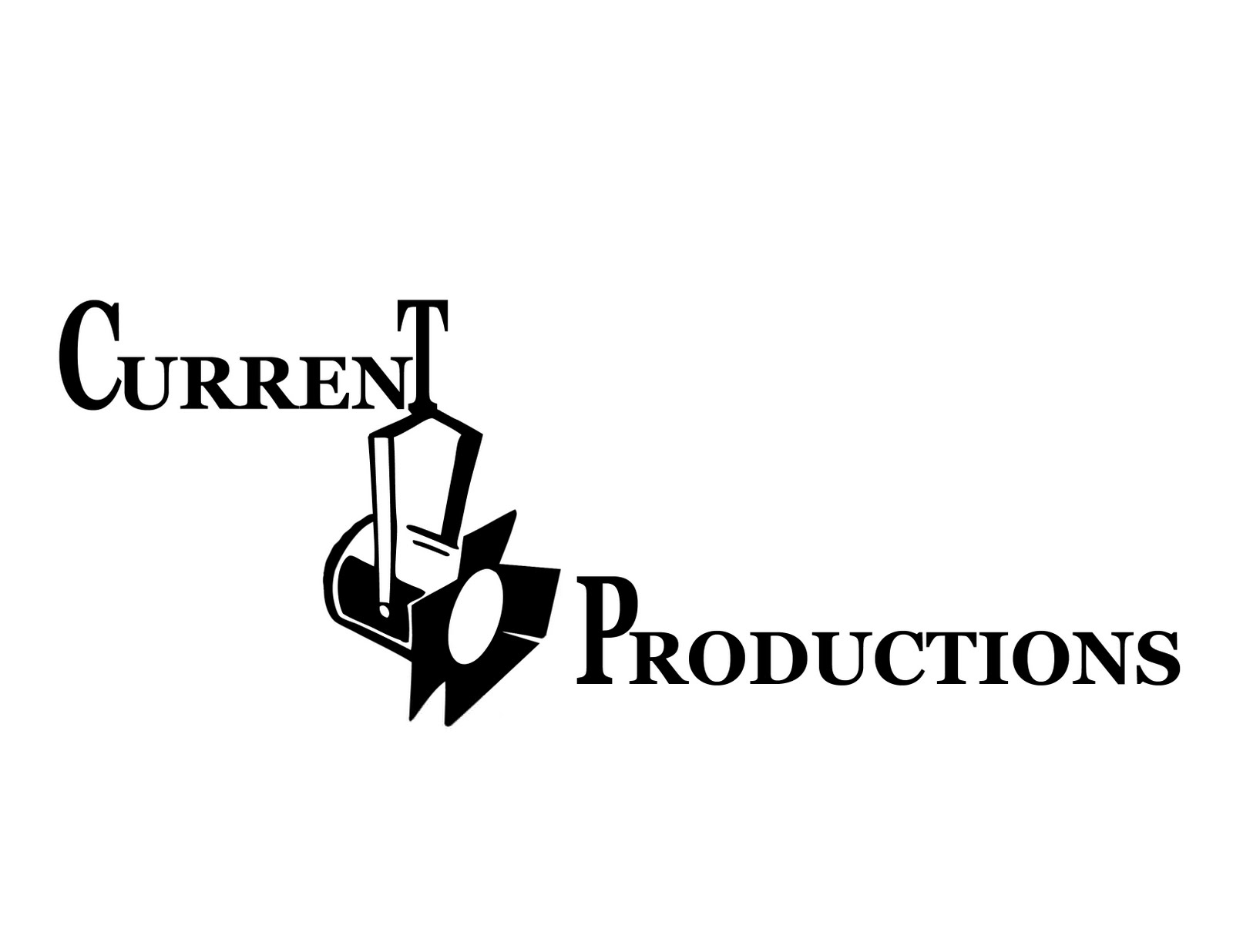
Modern Design was born at the turn of the 20th century. But as design does, this movement acquired from its predecessors, namely the Bauhaus and International styles. Bauhaus was an architectural school founded in 1918. The faculty and students of the school would develop a style of architecture that favored simplicity and the integration of technology. International Style became the term used once the ideas of the Bauhaus began to catch on around the world. Swiss architect, Le Corbusier and his idea of an open interior became the basis of International and eventually Modern design.
The philosophy of why the modern style was originated is open to a debate that will never be resolved. The advancements of the Industrial Revolution in mid 19th century brought about innovations in technology and new building materials. Sleek and clean lines were easily presented with the glass, steel, and concrete that became highly available through the mass production of the 20th century. Some insist on the direct correlation with the eclectic art movements of the time, Expressionism, Fauvism, and so on. The idea of progress and the socio-political revolutions of the early 20th century were surely making an impact as well. Whatever the foundation of this Modern movement, we know that it was a time of inspiration and change, remarkable enough to endure through to the present.
Let us examine Modern Design as it stands today in its most prevalent form--the interior. Open any home magazine or journal from the last five years and I feel quite confident in saying most articles center around the modernizing of the home. Whether it be color, accessories, lighting, etc., designers today are constantly enquired as to what looks chic, and today, modern is chic.
The open plan that Le Corbusier derived remains the source of Modern design. The floor plans of mod homes are sparsely furnished. Simplicity and lack of ornamentation compliment the look, as the progress of design has become 'less is more'. Consider computers, televisions, cell phones, and even the automobiles of today. Every few months, something smaller and more streamlined is released. This constant simplifying of technology is no coincidence, it is convenience. With the progress and technology of the 20th century came the consequence of a much faster paced life. The direct response to this and rightly so, was the need for convenience. In the interior, this convenience lies in the lack of disarray and congestion and more in modular furnishing--straight lined and simple. Hence, less is more.
Walls are treated as a background to your open plan. White, black, brown, gray, beige, and chrome are characteristic on the walls of a very modern home. Originally, primary colors (reds, yellows, blues) were used in accessories and artwork to add a splash of color here and there. More recently, natural themes have been incorporated--cool greens and blues. The great thing about modern style is that if you begin with a sparse background, any color can be incorporated in moderation.
Flooring consists of natural elements. Wood planking, bamboo for example, is most common. Brick, stone, and tile are used to again keep the surroundings somewhat of a blank canvas. Rugs are used to paint that canvas. They come in infinite sizes, shapes, colors and designs, and can be used to personalize and soften a stark space.
Industrial style lighting works very well with ultra modern homes. Track lighting, spot lighting, and recessed cans are probably the most popular forms. Floor and table lamps can add a personal touch as well. Lighting options are as immense as rugs. And by no means does lighting have to be the most expensive aspect of design.
Accents and furnishings are by far the most interesting aspect of the modern style. I believe this to be true because there is no sort of outline for them. These are things of your choice. Almost anything can be incorporated. Pull colors from your rug, your artwork, or simply add colors through these modern oil paintings. If there is any sort of rule at all in modern design, it is to use decorative items sparsely.
But then, are there any rules in design, really? There are frameworks, yes. But they have always been debated and never decided. Modern designers and architects have continuously argued the philosophy of design. The most intriguing part of modern style is first personal opinion, and second, personal philosophy. Mine is to use these frameworks for what they are, a blank canvas--paint as you will. Be eclectic, be interesting, be colorful, but most of all, be unique. Isn't that the modern way?
???????
沒有留言:
張貼留言